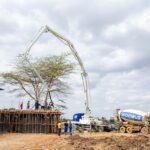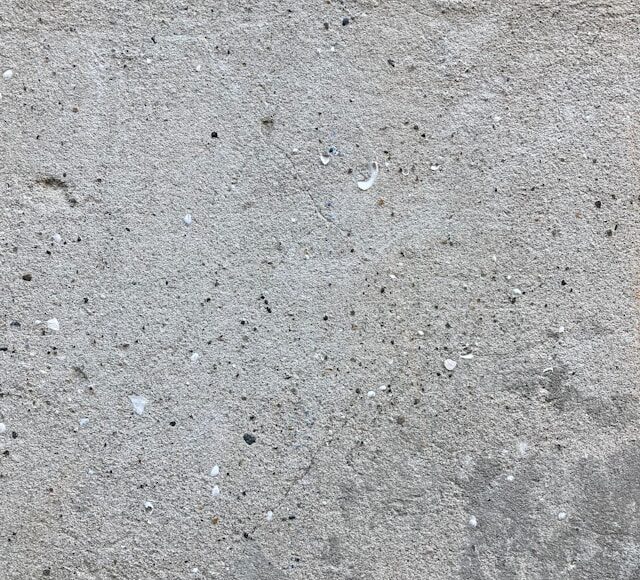Since water is necessary for life, it must be transported effectively for communities everywhere. Steel pipes are essential to this process because they are strong and dependable in getting water to the areas that need it most. It becomes more important to comprehend how to handle these pipes from construction to maintenance as metropolitan areas expand and demand rises. The future of steel pipes is being shaped by novel technologies, and there is plenty to learn about them whether you’re an engineer, project manager, or simply interested in infrastructure. Take a look at the trip that steel pipes take while transporting water, from constructing sturdy buildings to making sure they last for many generations.
Steel Pipelines Offer Advantages for Water Transportation
Steel pipes are renowned for their extraordinary robustness and longevity. They are perfect for carrying water over long distances since they can tolerate high pressure conditions.
Resistance to corrosion is yet another important advantage. Steel has a longer lifetime thanks to contemporary coatings and treatments that prevent corrosion and deterioration.
Engineers may select complicated systems from steelmains.com that adapt to different terrains by using design flexibility. Steel may be formed into a variety of forms, allowing for the incorporation of natural landscapes without sacrificing practicality.
Cost-effectiveness is also quite important. Steel frequently has a longer lifespan than alternatives like plastic or concrete, even if the original expenditure may be more.
Steel pipes also need less maintenance since repairs can be made quickly when necessary. This flexibility greatly prolongs the pipeline’s operating life while resulting in fewer service interruptions.

Ensuring Durability and Quality in the Construction of Pipelines
When building a pipeline, durability and quality are crucial factors. It is essential to use high-grade steel in order to prevent corrosion and preserve structural integrity. Choosing the appropriate materials creates a strong base.
It is essential that every detail be paid attention to during installation. Welding connections securely using the right procedures lowers the chance of leakage over time. During this stage, routine inspections find any problems before they become worse.
Environmental influences are also quite important. Comprehending the properties of soil, variations in temperature, and exposure to pollutants might impact design decisions. On the basis of these factors, engineers have to modify their methods.
Enforcing stringent testing procedures improves overall dependability. Pressure tests provide pipeline confidence in performance across a range of scenarios by confirming that they can withstand expected loads without failing.
Working together with seasoned contractors greatly increases the project’s chances of success. Their knowledge can support long-term operational efficiency while directing optimal practices from beginning to end.

Strategies for Longevity Maintenance
Steel pipeline maintenance requires regular inspections. These evaluations have the ability to spot problems before they get out of hand. Technicians need to be on the lookout for damage, leaks, and corrosion.
Setting up a proactive maintenance program is essential. Systems may be kept operating properly with regular cleaning and monitoring. This lowers the possibility of obstructions that can impede the flow of water.
Using cutting-edge technology is another successful tactic. Real-time pipeline condition monitoring is possible using remote sensing equipment. They provide useful information that facilitates decision-making.
Additionally, lifespan is increased by teaching staff members correct handling procedures. Staff members with knowledge may identify such risks early on and make the necessary measures in a timely manner.
Maintaining thorough records helps with subsequent upkeep. Teams may see trends over time by tracking repairs and inspections, which enables them to develop future plans with greater knowledge.
















